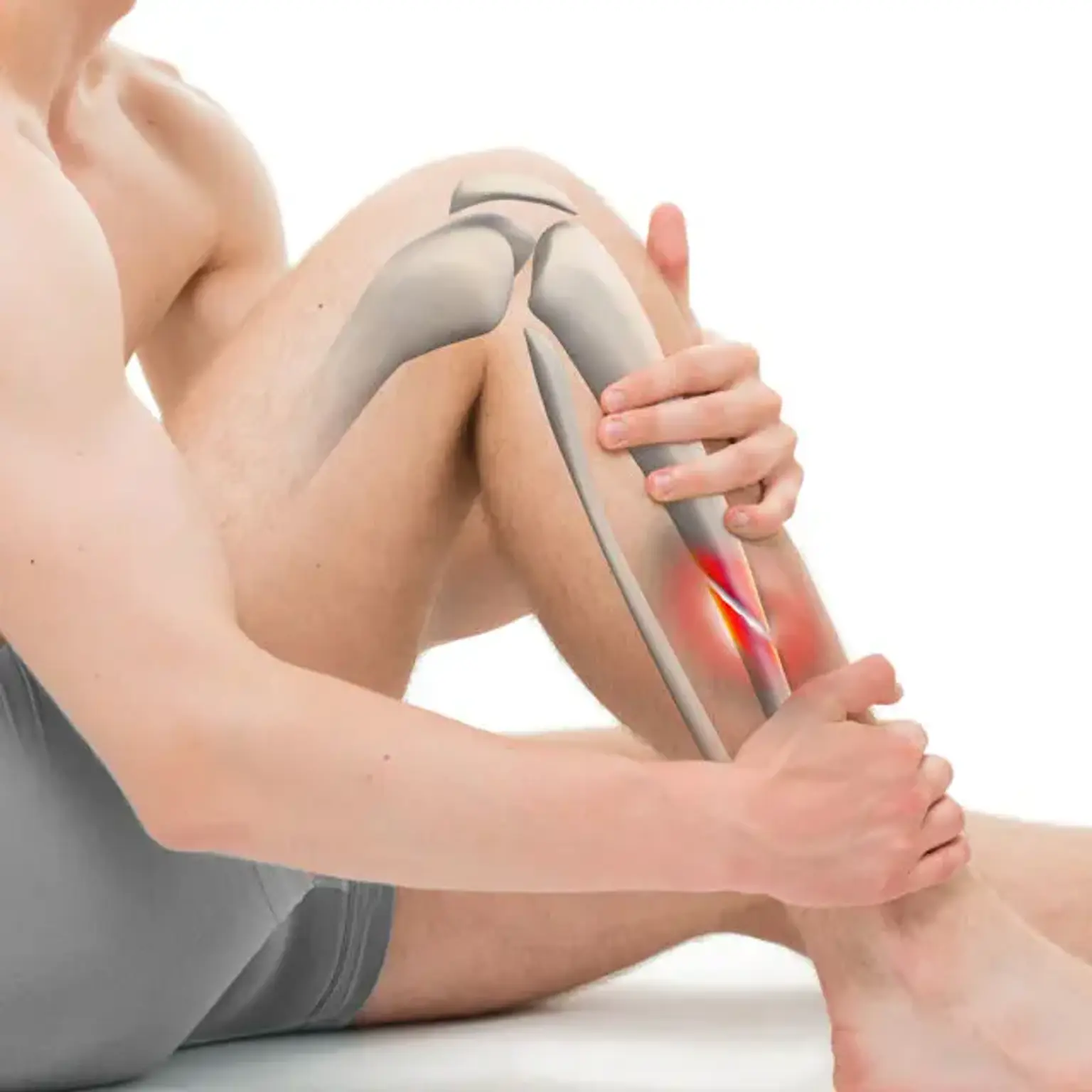Bone fractures treatment
Overview
A fracture is a break in the continuity of bone that might be partial or complete. Trauma is the most prevalent cause, followed by disorders that result in decreased bone structure (e.g., osteoporosis).The latter causes pathologic fractures, which are fractures that would not occur if the bone structure had not been compromised. Open fractures, in which the bone is exposed as a result of extensive soft tissue damage, carry a high risk of infection and poor wound healing.
Fracture management can be conservative (e.g., with a cast or splint) or surgical, and it typically entails anatomic reduction, fixation, and/or immobilization. Acute nerve and vascular damage, compartment syndrome, and long-term problems like as avascular necrosis and nonunion are all possible consequences.
